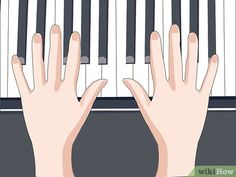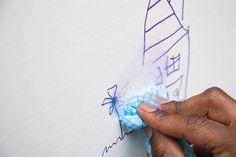How to Learn to Play the Piano

The piano is a versatile and expressive instrument that has captivated audiences for centuries. Whether you’re a complete beginner or an experienced musician looking to improve your skills, learning how to play the piano can be an enriching and rewarding experience. This article will provide you with step-by-step guidance on how to learn to play the piano.
1. Choose a piano or keyboard
Before you begin your musical journey, you’ll need to decide whether you want to learn on an acoustic piano or an electronic keyboard. Acoustic pianos have a rich, authentic sound and offer better control over expression, but they are usually more expensive and require regular tuning. Electronic keyboards are more affordable and portable, with added features like recording capabilities and various sounds. The choice ultimately depends on your personal preferences, budget, and space constraints.
2. Learn the basics of music theory
Understanding fundamental music theory concepts will make it easier for you to read sheet music and create your own compositions. Basic music theory includes learning about notes, rhythms, time signatures, scales, key signatures, and chords. There are many resources available online and in print to help you grasp these concepts.
3. Begin with proper posture and hand placement
When playing the piano, maintaining proper posture and hand placement is essential for producing clear, even sound without causing strain or discomfort. Sit up straight on a bench with your feet flat on the floor. Position your hands over the keyboard, with your fingers curved and wrists level with the keys.
4. Familiarize yourself with the piano’s layout
The piano has 88 keys – 52 white keys representing the seven natural notes (A through G), and 36 black keys representing sharps and flats. Spend some time getting acquainted with the keyboard layout by identifying each key’s corresponding note.
5. Sign up for lessons
While there are many self-learning resources available online, signing up for lessons with an experienced piano teacher can significantly speed up your learning process. A good teacher will be able to provide personalized guidance, cater to your specific needs, and address any bad habits early on.
6. Practice regularly
Consistent practice is fundamental to mastering the piano. Aim to practice at least 15-30 minutes per day, gradually increasing the duration as you become more comfortable. Don’t forget to warm up with technical exercises like scales and arpeggios, and remember that slow, focused practice is generally more effective than rushed sessions.
7. Learn simple songs and pieces
Starting with simple songs and pieces can boost your confidence and motivate you to tackle more challenging music. Select songs with a limited range of notes and rhythms, gradually progressing in complexity as you improve your skills.
8. Join a music community
Engaging with other musicians can provide valuable insights, support, and motivation while learning to play the piano. You can join a local music group or access online forums where you can share experiences, ask questions, and collaborate on projects.
9. Be patient with yourself
Learning the piano is a long-term commitment requiring dedication and patience. Remember that progress may come slowly at times, but over time, you’ll undoubtedly see improvement if you remain consistent with your practice.
By following these steps and maintaining a positive mindset throughout your journey, you’ll be well on your way to mastering the art of playing the piano. So grab a seat at those keys and delve into the world of beautiful melodies!






